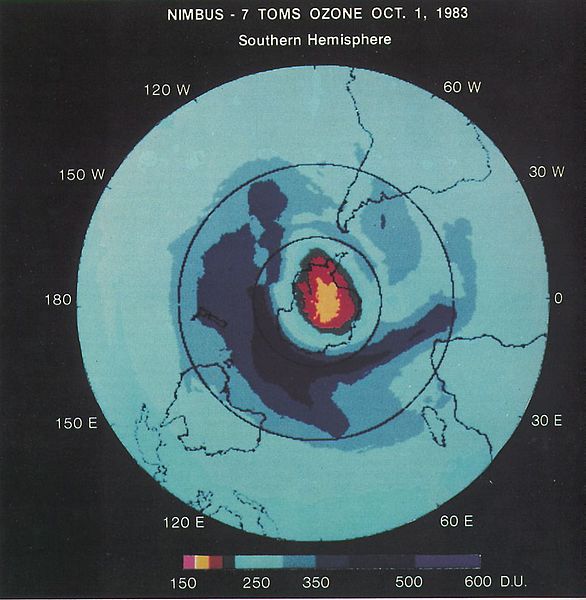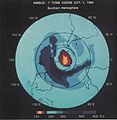
Size of this preview:
586 × 600 pixels. Other resolutions:
235 × 240 pixels |
469 × 480 pixels |
911 × 932 pixels.
Original file (911 × 932 pixels, file size: 282 KB, MIME type: image/jpeg)
File history
Click on a date/time to view the file as it appeared at that time.
| Date/Time | Thumbnail | Dimensions | User | Comment | |
|---|---|---|---|---|---|
| current | 21:32, 17 September 2016 |
 | 911 × 932 (282 KB) | Vanished Account Byeznhpyxeuztibuo | Transferred from Flickr via Flickr2Commons |
File usage
The following pages on the English Wikipedia use this file (pages on other projects are not listed):
Global file usage
The following other wikis use this file:
- Usage on bn.wikipedia.org
- Usage on ha.wikipedia.org
- Usage on tum.wikipedia.org
Metadata

Size of this preview:
586 × 600 pixels. Other resolutions:
235 × 240 pixels |
469 × 480 pixels |
911 × 932 pixels.
Original file (911 × 932 pixels, file size: 282 KB, MIME type: image/jpeg)
File history
Click on a date/time to view the file as it appeared at that time.
| Date/Time | Thumbnail | Dimensions | User | Comment | |
|---|---|---|---|---|---|
| current | 21:32, 17 September 2016 |
 | 911 × 932 (282 KB) | Vanished Account Byeznhpyxeuztibuo | Transferred from Flickr via Flickr2Commons |
File usage
The following pages on the English Wikipedia use this file (pages on other projects are not listed):
Global file usage
The following other wikis use this file:
- Usage on bn.wikipedia.org
- Usage on ha.wikipedia.org
- Usage on tum.wikipedia.org

